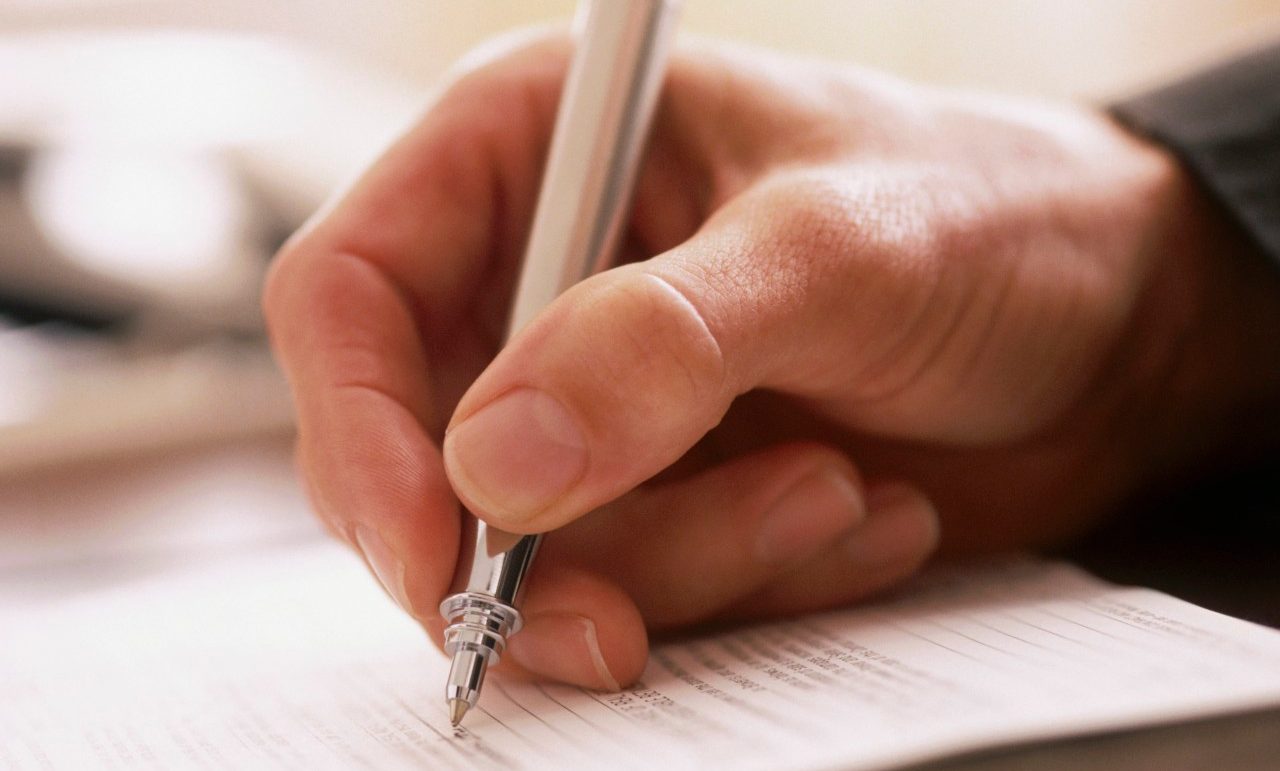Your Day by Your Body Clock

Try taking on creative tasks when you’re groggy.
If you’re lucky enough to have some flexibility, consider organizing your day around your body clock. You may feel happier and more productive and even help stave off problems related to sleep-deprivation, which include obesity and depression. People do vary — night owls take longer to reach their energy peak than early birds. However, the sequence tends to be similar.
First thing in the morning. Keep the shades up and get sunlight if you tend to be a night-owl and want to push your schedule earlier. Ideally, if you’re also trying to lose weight, you’d eat a big breakfast by a sunny window: research backs up the old strategy of pushing your food consumption earlier in the day. Tweeters might read their feed by 8 or 9 a.m., when the tweets are most likely to be cheerful, according to a study of millions of tweets sent over two years. The authors write, “Individuals awaken in a good mood that deteriorates as the day progresses — which is consistent with the effects of sleep and circadian rhythm.” They found that people were happier on weekends, but the morning peak in cheeriness comes 2 hours later, probably because people sleep in. Surprisingly, if you’re a night owl who is slow in the morning, this might be the time to do your creative work, when you’re still groggy and in free-associating mode
Before noon. Take a warm morning shower to gear up for analytical work, says biologist and body-clock expert Steve Kay. The body naturally warms up as the day begins and brings you greater powers of concentration. Do spread-sheet type tasks before lunch, especially if you’re an early-bird.
Mid-day. Alertness tends to slump after a meal, and in the afternoon. You’re likely to be most distractible from noon to 4 p.m., according to research by Robert Matchock, PhD, an associate professor of psychology at Pennsylvania State University. Try napping rather than another cup of coffee if you’re fighting fatigue. You can find the perfect naptime for you by using the “power nap wheel” designed by sleep expert Sara Mednick.
Late afternoon. Many people hit a low at 3 p.m. and then get another spurt until 6 p.m. If you can, put your workout in this part of the day, when muscle strength and other aspects of fitness typically peak, according to Michael Smolensky, co-author of “The Body Clock Guide to Better Health.” One large study found that the lungs are more than 17 percent efficient between 4 and 5 p.m. than from noon to 1 p.m. Perhaps fire off your tweets before you go to the gym: People are most like to click through on tweets at this time, data shows.
Evening. Some night-owls will be peaking now, but if you’re more of an early bird and you’re getting a little drifty after dinner, you might pull out your pen and work on the novel (by hand, not on the computer). It’s also a good time to do yoga, or stretching exercises: joints and muscles are significantly more flexible in the evening. People are more generous with their “likes” on Facebook after dinner. Later at night, people become more emotional, for better or worse, at least on social media. However, be sure to stay away from electronic devices well before bedtime. Especially if you tend to have trouble falling asleep, maintain a relaxing bedtime routine, which might include a hot bath, moisturizer, or calming music.
Simply thinking about what works best for you may lead to beneficial changes in your habits. How do you function when you have more choices, usually on vacations? Experiment a bit and you may find small changes in your usual schedule make a big difference.
Updated:
April 08, 2020
Reviewed By:
Janet O’Dell, RN